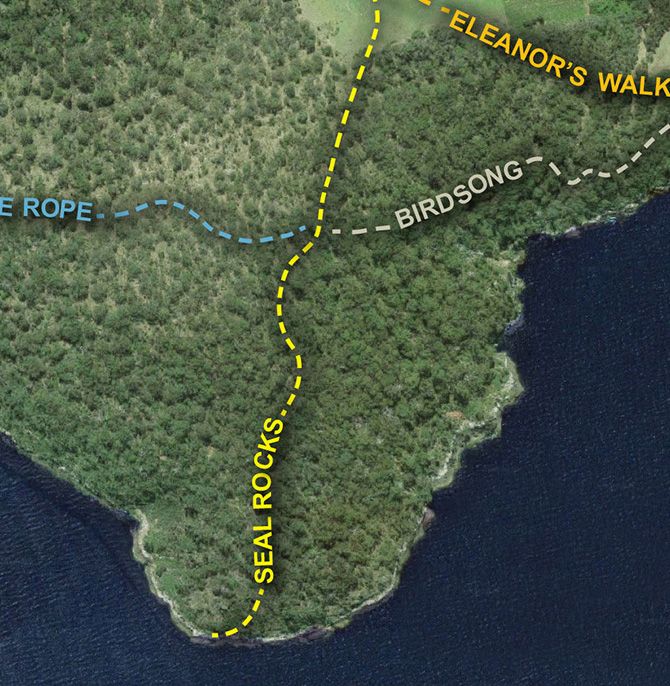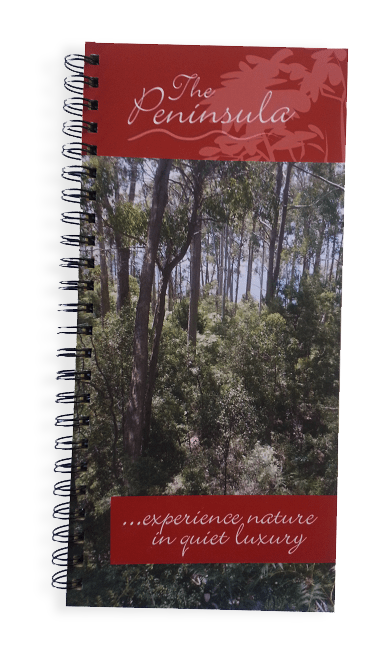Beetongs & Fungi
In tall moist forest, the grasses have disappeared completely and the soft soil is good foraging for bettongs. With its long pointed snout, it sniffs out choice truffles and other fungi to eat, leaving characteristic inverted-cone holes in the soil. They are rarely seen during the day, but have been observed out in the open paddock at night – probably checking out under the ground for corby grubs.
In the dankness of the forest, fungi abound, particularly in autumn – earthballs and puffballs in and on the ground, paint fungi daubing the rotting wood, jelly fungi dripping off it, bracket fungi, hard and leathery jutting out from living trees, stinkhorns, fringed goblets, earth tongues, staghorns and fairy fans. If you look carefully, you may even see candle snuff or lawyers wig fungi!
Storm Sentinals
Salt laden gales ripping up from the great Southern Ocean forces the tall, straggly banksia forms found in the sheltered forests to grow sturdy and squat here in the coastal heath. Similarly the emergent stringybark are tough and stiff – battered by centuries of howling winds. No axes ever rang in these copses as the wood is far too gnarly.
Aboriginal Food
Look carefully. Hidden in crevices and cracks of the frozen lava rocks is the bush tucker of the Lyluequonney: abalone, limpets, warrener, mussels and native oysters. These rich tidbits can still be prised from the rocks and eaten raw, providing a direct link back to the traditional food sources of the original inhabitants.



